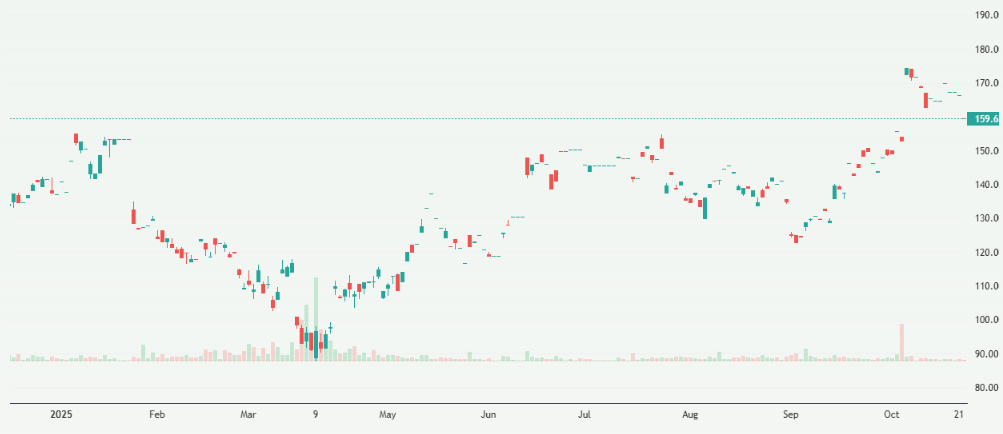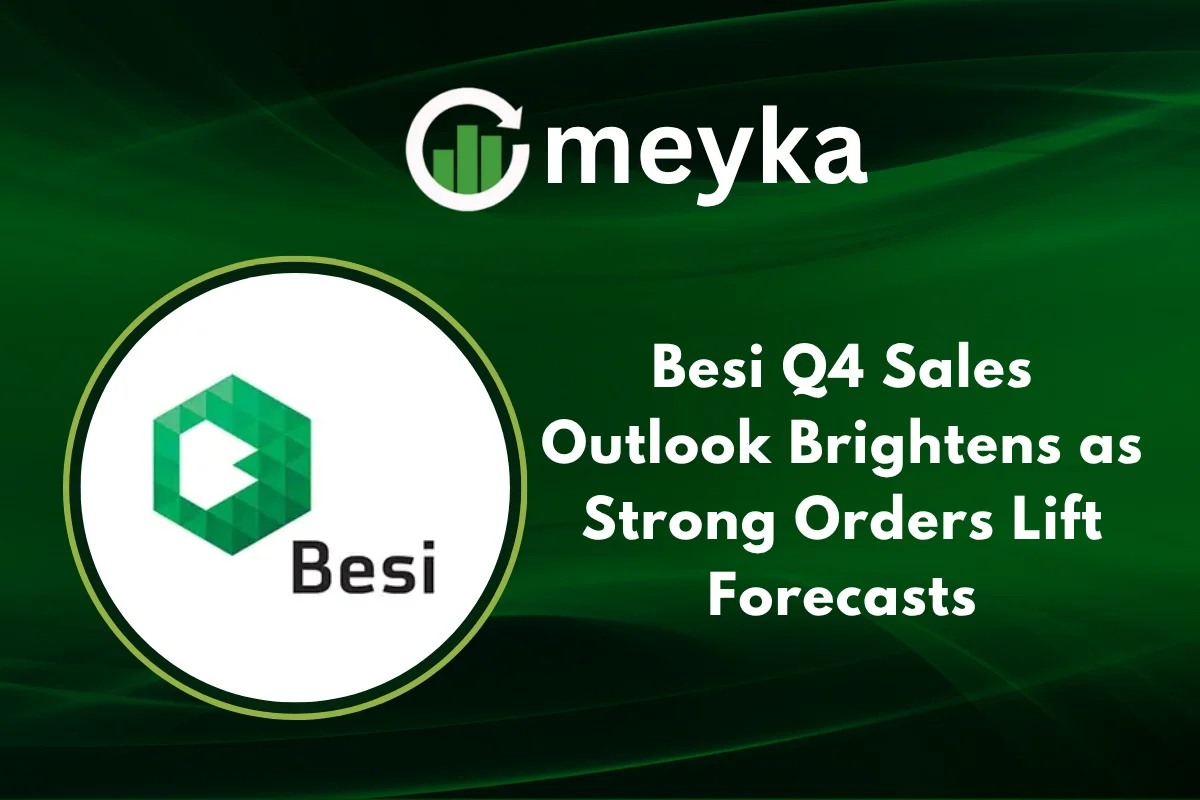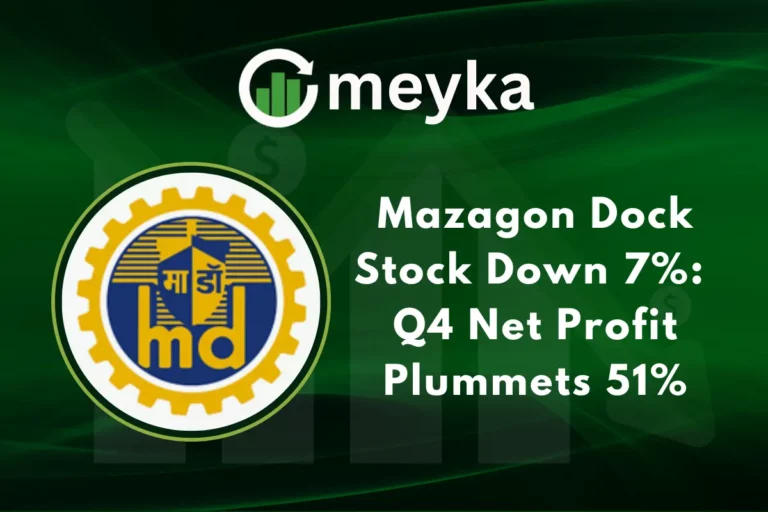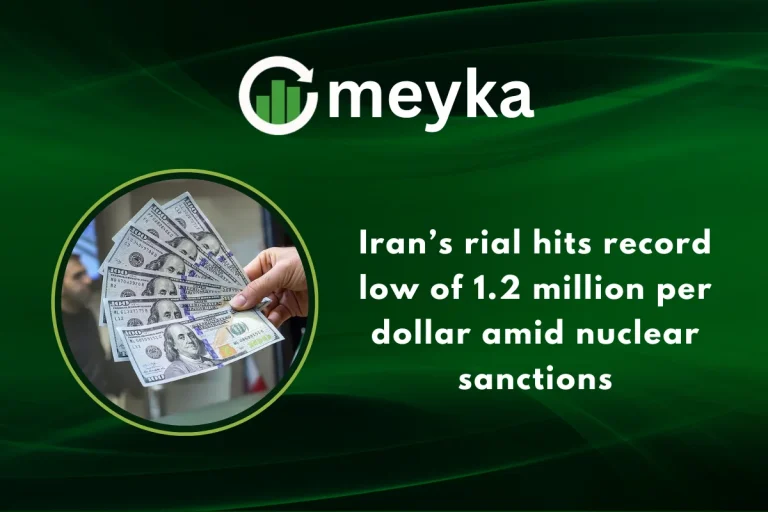Besi Q4 Sales Outlook Brightens as Strong Orders Lift Forecasts
Besi’s Q4 outlook is turning brighter as strong order momentum and rising demand for AI-related chip equipment lift forecasts. The semiconductor equipment maker is seeing renewed investor confidence as bookings climb and sales projections strengthen. With AI infrastructure expanding rapidly, Besi’s performance in the coming quarter could signal broader recovery trends in the stock market and the AI stocks space.
Strong Order Momentum Supports Besi Q4 Forecast
Besi recently reported that bookings for the third quarter rose by about 15.1% to €174.7 million, buoyed by greater demand for AI-related data-centre and photonics applications. This uptick is significant because orders are a leading indicator for future revenue in equipment-makers such as Besi.
Looking ahead to Q4, Besi expects revenue growth of 15% to 25% for the quarter, after a year-on-year decline of 15.3% in Q3 to €132.7 million. The company sees a gross margin of approximately 61% to 63%, a touch below Q3’s margin of 62.2%, but still strong in the current environment.
For stock market followers and those doing stock research on AI-related hardware, this is not trivial. Besi is positioned in the advanced packaging and hybrid bonding segment of the semiconductor supply chain, a part of the ecosystem that many analysts find promising given the surge in AI infrastructure build-out.

Why the Surge in Orders? The AI Angle
The improvement in Besi’s outlook is largely tied to the AI boom. Major customers in the semiconductor world, including logic and memory foundries, are ramping capacity for generative AI, high-bandwidth memory (HBM), and chip packaging innovations. Besi is a critical player in these efforts.
In recent quarters, Besi has noted strong interest in its hybrid bonding tools, key for stacking chips or connecting dies in advanced 2.5D/3D packaging. For example, in earlier reporting, hybrid bonding orders nearly doubled in a quarter. Besi also emphasised that its orders in Asia from subcontractors focused on AI/data-centre applications were markedly higher.
So when we see “Besi Q4” being referenced in investment circles, it often carries the nuance: “What part of the AI hardware surge is Besi capturing, and how will that translate into revenue?”
Market Headwinds: What Could Temper Growth?
While the outlook is brighter, investors should remain cautious and keep contextual risks in view.
- Traditional markets remain weak – Besi continues to face softness in mainstream assembly segments like mobile phones, automotive chips, and certain memory segments. These have been hampered by inventory corrections and soft demand.
- Timing and shipment cycles – Equipment companies often have delays or shifts in shipment timing, which can push recognised revenue into later quarters. For instance, Besi previously warned of shipment delays impacting its Q4 forecast.
- Macro/Geopolitical risks – Trade tensions, supply-chain disruptions, and capital-expenditure decisions by OEMs can affect the pace at which orders convert to shipments. Besi has specifically called out uncertainties around global trade policy.
Thus, while the Besi Q4 outlook shines brighter than recent quarters, the path remains dependent on execution and broader cyclical recovery.
What to Watch: Key Metrics for Besi Q4 and Beyond
For anyone researching Besi as part of AI stocks or semiconductor equipment exposure, these are the critical metrics:
- Order book growth and backlog: Continued momentum in bookings signals future revenue – the recent 15% uplift is promising.
- Revenue guidance for Q4 and full-year: The expected 15-25% rise for Q4 is meaningful; monitor if management tightens or expands that range.
- Gross margin trends: Equipment companies are margin-sensitive; Besi’s projected 61-63% is healthy but slightly under previous marks.
- Geographic/customer diversification: Growth from Asian foundries and subcontractors is a plus; reliance on a narrow customer base could raise risks.
- Capital-expenditure cycles of customers: Since Besi’s customers are chipmakers, their investment patterns (e.g., logic, memory, packaging) profoundly affect demand.
- Broader recovery in mainstream assembly markets: While AI-related segments are strong, a broader market up-cycle would be a major tailwind.
By focusing on these measures, we can assess whether the “Besi Q4” story is sustainable and truly meaningful in the context of the stock market and stock research in AI-centric hardware.
Implications for Investors and the AI Stock Universe
For investors looking at AI stocks, Besi offers a somewhat differentiated angle. Rather than being a pure AI-software or AI-chip company, Besi is in the equipment layer, powering the AI hardware ecosystem. This gives it exposure to the infrastructure build-out of generative AI, high-bandwidth memory, and 3D packaging, areas expected to scale materially.
If Besi executes on its Q4 forecast and the order momentum persists, the company could serve as a leading indicator of strength in the advanced packaging supply chain. For portfolio diversification, it might complement traditional AI-chip plays (e.g., logic or memory makers) with the advantage of being more upstream.
That said, as with all equities, proper risk management applies. The recovery in mainstream segments still plays an important role. Investors will closely watch Besi’s results to see how bookings convert into revenue and profitability.
Conclusion: Besi Q4 Outlook Looks Promising
The Besi Q4 outlook presents a powerful narrative: strong bookings in AI-related applications, improving revenue guidance, and a structurally relevant business model in advanced packaging and hybrid bonding. While headwinds remain, including weakness in legacy segments and macro uncertainties, Besi appears to be gaining traction in the part of the semiconductor value chain that matters for AI infrastructure growth.
For those doing stock research into AI stocks or exploring opportunities in the semiconductor equipment space, Besi merits attention. Its upcoming Q4 results may well confirm whether the positive signs convert into tangible financial performance.
FAQs
Strong demand for Besi’s hybrid bonding and advanced packaging tools is driving its backlog growth. These technologies play a key role in powering AI and data-centre infrastructure. These segments are outperforming traditional assembly markets, helping Besi offset weakness elsewhere.
While pure AI chip companies focus on designing logic or memory, Besi manufactures tools that allow chipmakers to assemble, package, and interconnect those chips, particularly in 3D/2.5D configurations and high-bandwidth memory stacks. This places Besi in a critical enabling role for the AI hardware ecosystem.
Key risks include delays in shipments (which might push revenue out of Q4), continued weakness in automotive or mobile markets, and broader macro or trade disruptions. If any of these happen, the “Besi Q4” narrative could face headwinds.
Disclaimer:
The content shared by Meyka AI PTY LTD is solely for research and informational purposes. Meyka is not a financial advisory service, and the information provided should not be considered investment or trading advice.






